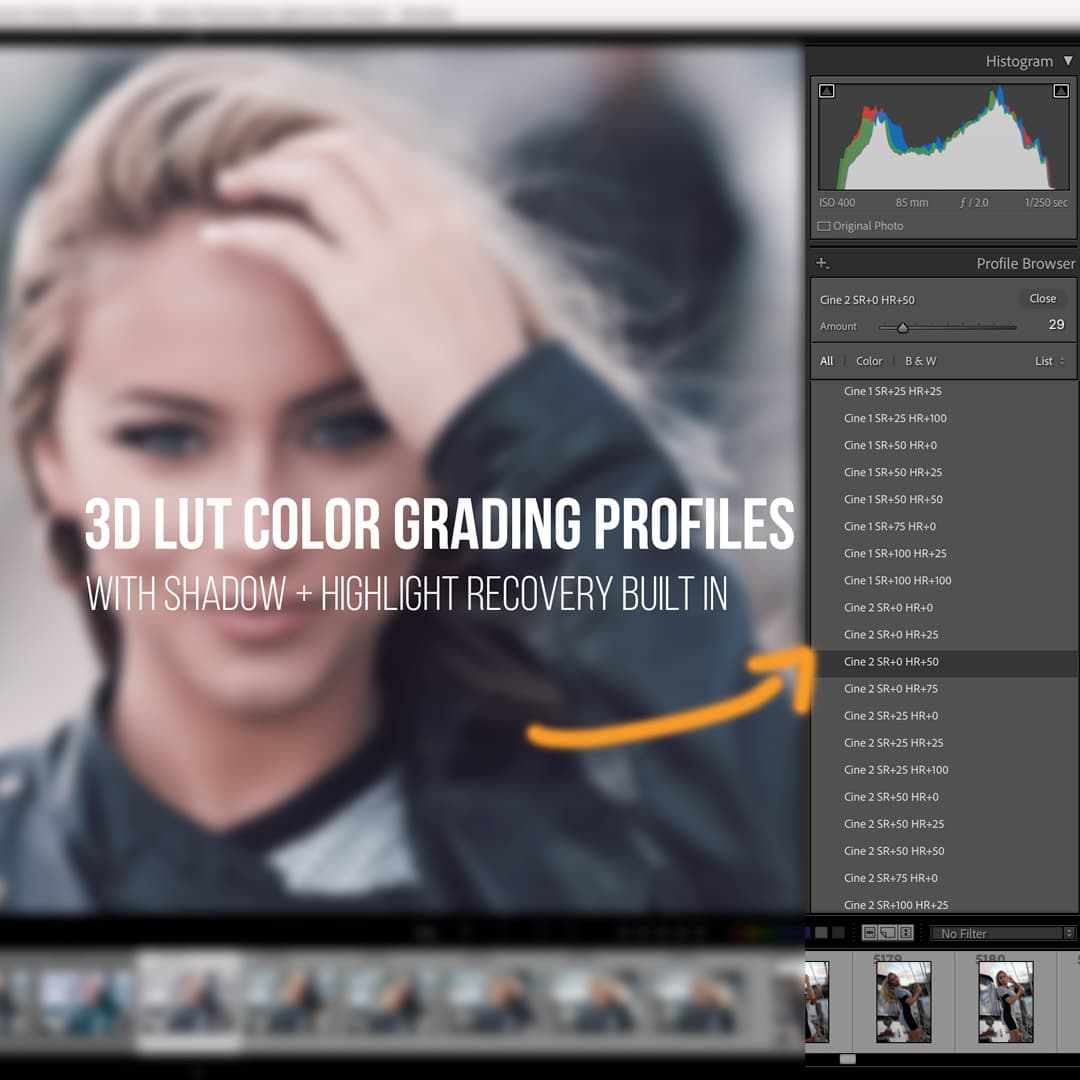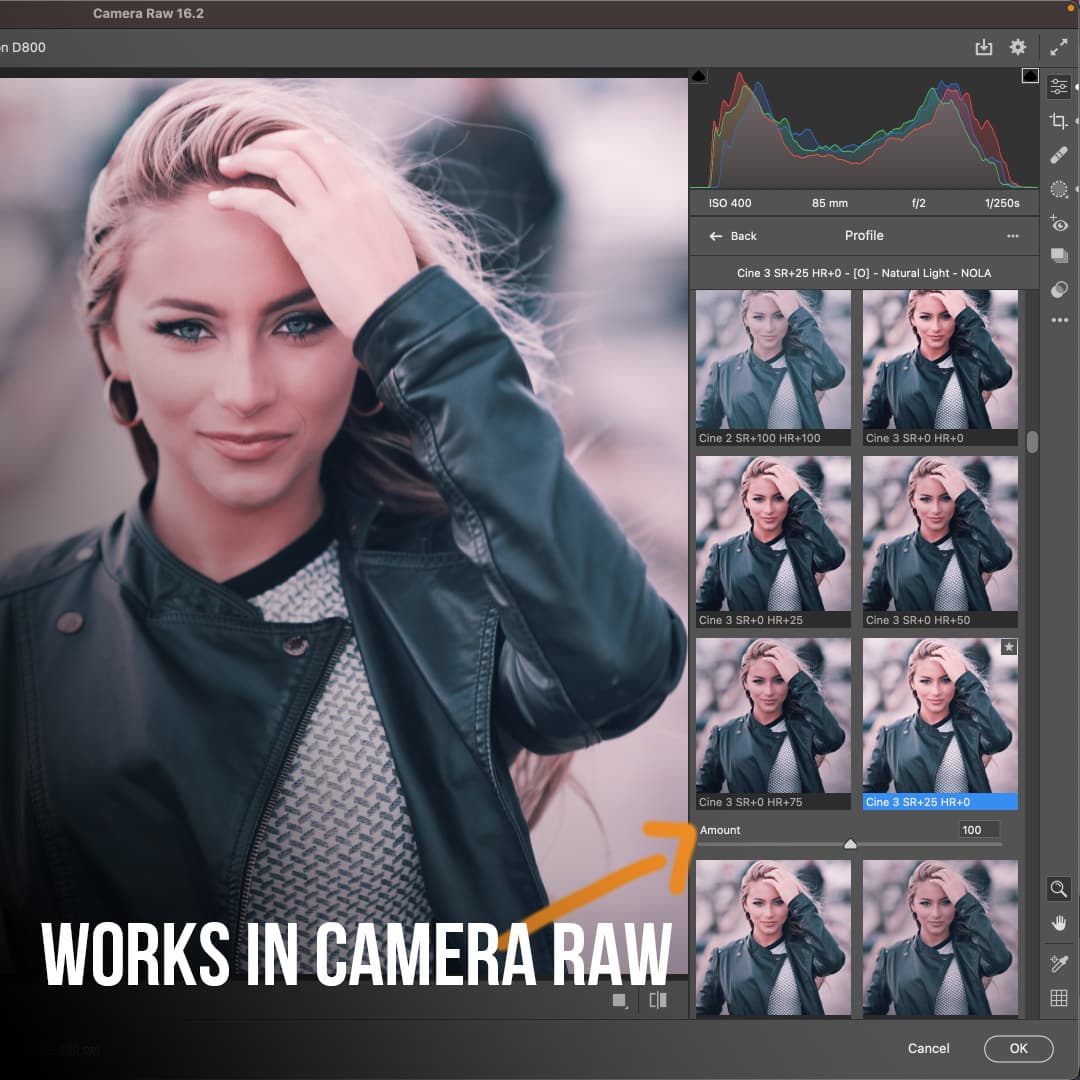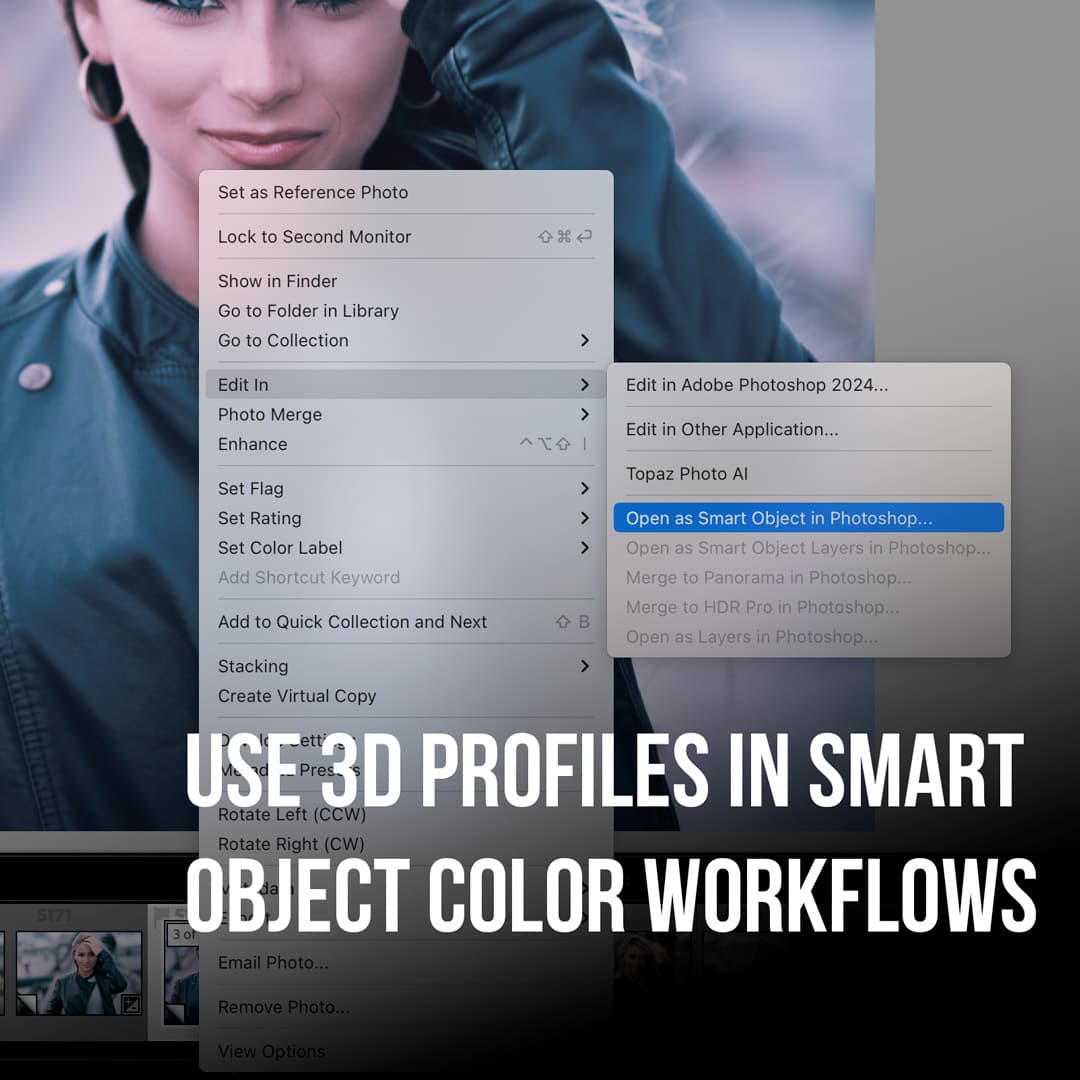Selecting backgrounds in Photoshop is a fundamental skill that every digital artist and photographer should master. Whether you're looking to isolate a subject, replace a backdrop, or apply targeted edits, knowing how to effectively select backgrounds can transform your workflow and elevate your creations.
Adobe Photoshop offers several powerful tools and techniques to select backgrounds with precision. From the quick and automated Select Subject feature to the more nuanced Object Selection Tool, we'll explore the various methods available to suit different image types and complexity levels.
In this guide, we'll walk you through step-by-step instructions on how to use these tools effectively. We'll also share tips on refining your selections and handling challenging scenarios, ensuring you can tackle any background selection task with confidence.
Key Takeaways
- Photoshop provides multiple tools for selecting backgrounds, from automated options to manual techniques
- The Select and Mask workspace allows for precise refinement of complex selections
- Regular practice with different selection methods improves efficiency and accuracy in background editing
Understanding the Basics of Selection in Photoshop
Selections are fundamental to editing images in Photoshop. They allow us to isolate specific areas for manipulation and apply effects with precision.
Selection Tools Overview
Photoshop offers a variety of selection tools to suit different needs. The Marquee tools create geometric selections, while the Lasso tools allow for freehand selections.
For more complex subjects, we can use the Quick Selection tool or the Magic Wand.
The Object Selection tool is particularly useful for isolating distinct objects. It uses AI to detect edges and create accurate selections with minimal effort.
We can refine our selections using the Select and Mask workspace. This powerful feature helps us fine-tune edges, especially when dealing with hair or fur.
Layers Panel and Its Significance
The Layers panel is crucial for managing selections effectively. Each layer can have its own selection, allowing for non-destructive editing.
We can save selections as layer masks, which hide or reveal parts of a layer without permanently altering the image. This flexibility is key for complex edits.
The panel also enables us to adjust the opacity and blend mode of selected areas, giving us precise control over how they interact with other layers.
By utilizing layer groups, we can organize related selections and apply effects to multiple layers simultaneously, streamlining our workflow.
The Quick Selection Tool and Techniques
The Quick Selection Tool in Photoshop offers an efficient way to select complex backgrounds. We'll explore how to make initial selections and refine edges for precise results.
Making Initial Selections
To begin, we select the Quick Selection Tool from the toolbar. It's usually grouped with the Magic Wand Tool.
We adjust the brush size in the options bar to match our image's details.
We click and drag over the background area we want to select. The tool automatically detects edges and expands the selection. For more control, we use short strokes rather than long drags.
If we select too much, we hold Alt (Windows) or Option (Mac) to switch to subtract mode. This allows us to remove areas from the selection.
For complex images, we may need multiple passes. We continue adding and subtracting until we've captured the entire background.
Refining Edges
After making our initial selection, we often need to refine the edges for a more precise result.
We click the Select and Mask button in the options bar.
In the Select and Mask workspace, we use the Refine Edge Brush Tool. We paint along the edges of our subject to improve the selection accuracy.
We adjust the Radius slider to control how far Photoshop looks for edges. A higher radius works well for soft or fuzzy edges.
The Smooth, Feather, and Contrast sliders help us fine-tune the selection edge. We use these to blend the selection with the background or create a sharper edge as needed.
Once satisfied, we choose an output option. "New Layer with Layer Mask" is often the most versatile choice for further editing.
Advanced Selection with the Select and Mask Workspace
The Select and Mask workspace in Photoshop offers powerful tools for refining complex selections. This feature allows us to create precise masks and smoothly separate subjects from backgrounds.
Using Select Subject
Select Subject is an AI-powered tool that automatically detects and selects the main subject in an image. To use it, we open the Select and Mask workspace and click the "Select Subject" button.
This tool works exceptionally well for portraits and objects with clear edges. For more complex scenes, we may need to refine the selection manually.
Select Subject can save significant time compared to manual selection methods. It's particularly useful for isolating people or animals from backgrounds.
Adjusting Selection Edges
After making an initial selection, we can fine-tune the edges using various tools in the Select and Mask workspace.
The Refine Edge Brush is ideal for hair and fur, allowing us to paint over difficult areas.
We can adjust the selection's radius to capture more or less detail around edges. The Smooth slider helps reduce jagged edges, while Feather softens the selection border.
For precise control, we use the Shift Edge slider to expand or contract the selection. The Decontaminate Colors option can help remove background colors from semi-transparent areas.
These tools enable us to create clean, accurate selections even with complex subjects like trees or intricate product shots.
Utilizing the Object Selection Tool
The Object Selection Tool in Photoshop offers powerful capabilities for isolating and selecting specific elements in an image. We'll explore effective techniques for using this tool and how to combine it with other Photoshop features for optimal results.
Object Selection Techniques
To begin using the Object Selection Tool, we select it from the toolbar. It's typically represented by a cursor icon with a dotted square. We ensure the Object Finder is enabled in the Options bar for best results.
When selecting an object, we hover over it and click. Photoshop's AI will attempt to identify and select the entire object. For more precise control, we can use the Lasso mode to draw around the object manually.
We can add to or subtract from our selection using the options in the top bar. This allows us to refine our selection as needed.
Combining with Other Tools
The Object Selection Tool works well in conjunction with other Photoshop features.
We can use it to quickly select a background and then apply Quick Actions for further editing.
For complex selections, we might combine the Object Selection Tool with the Polygonal Lasso Tool. We do this by holding Alt (Win) / Option (Mac) while using the Object Selection Tool.
After making our selection, we can refine it using Select and Mask. This allows us to fine-tune edges and improve the overall selection quality.
Handling Complex Selection Scenarios
Complex selections in Photoshop often require specialized techniques. We'll explore methods for isolating tricky elements and separating subjects from intricate backgrounds.
Selecting Transparent Elements
Transparent or semi-transparent objects pose unique challenges in Photoshop. We recommend using the Select and Mask workspace for these situations.
Start by making a rough selection with the Quick Selection tool.
Next, open Select and Mask and set the View Mode to Overlay. This helps visualize transparent areas more clearly. Use the Refine Edge Brush to carefully paint along the edges of the transparent object.
Adjust the Edge Detection radius to fine-tune the selection. Increase the Smooth slider slightly to reduce jagged edges. For very fine details like hair or fur, the Decontaminate Colors option can be helpful.
Once satisfied, output the selection to a Layer Mask. This allows for non-destructive editing and easy refinements later.
Dealing with Detailed Backgrounds
Separating subjects from complex backgrounds requires patience and precision. We suggest starting with the Object Selection tool, which uses AI to detect subject boundaries.
If the initial selection isn't perfect, switch to the Select and Mask workspace.
Use the Refine Edge Brush to paint along intricate areas like hair or foliage.
Adjust the Global Refinements sliders:
- Smooth: Reduces jagged edges
- Feather: Softens the selection edge
- Contrast: Sharpens the transition between selected and unselected areas
For highly detailed edges, try the Decontaminate Colors option. This can help remove background color fringing from semi-transparent areas.
Output your refined selection to a new layer with layer mask. This preserves the original image and allows for further adjustments in the Layers Panel.
Editing and Manipulating Selections
After selecting the background in Photoshop, we can refine and utilize our selection in various ways. These techniques allow for precise editing and seamless integration of elements.
Cut, Copy, and Paste Techniques
We start by selecting the background using Photoshop's tools.
Once selected, we can cut or copy the background using Ctrl+X or Ctrl+C (Cmd+X or Cmd+C on Mac).
To paste the selection, we use Ctrl+V (Cmd+V on Mac). This creates a new layer with our copied content.
For more control, we can use the Paste Special options:
- Paste in Place (Shift+Ctrl+V)
- Paste Into (Alt+Shift+Ctrl+V)
These options allow us to paste selections precisely or within other layers.
Creating and Adjusting Layer Masks
Layer masks are powerful tools for non-destructive editing. To create a layer mask from our selection, we click the "Add Layer Mask" button in the Layers panel.
We can refine the mask using the Properties panel. Adjusting the Density and Feather sliders helps blend edges smoothly.
For precise edits, we paint on the mask with black to hide areas or white to reveal them. Gray values create partial transparency.
Clipping masks offer another way to control visibility. We Alt-click (Option-click on Mac) between two layers to create a clipping mask, showing only the overlapping areas.
Changing Backgrounds in Photoshop
Changing backgrounds in Photoshop allows us to transform images creatively. We'll explore how to remove existing backgrounds and add new ones efficiently.
Removing The Original Background
To start, we need to select the background in our image. We can use the Quick Selection tool or the Magic Wand tool for simple backgrounds. For more complex images, we might opt for the Pen tool to create a precise selection.
Once selected, we can refine the edges using the Select and Mask workspace. This helps us achieve a clean separation between the subject and the background.
After refining, we create a layer mask to hide the background non-destructively. This approach allows us to make adjustments later if needed.
For images with hair or fur, we may need to use advanced techniques like Color Range or Channel selections to capture fine details.
Adding a New Background Layer
With the original background removed, we're ready to add a new one. We start by creating a new layer beneath our subject layer.
We can fill this layer with a solid color, gradient, or pattern using Photoshop's fill options. For more realistic scenes, we might import a background image from our device.
To blend the subject with the new background, we adjust the lighting and color to match. We use adjustment layers like Curves, Hue/Saturation, and Color Balance for this purpose.
For travel photos, we ensure the perspective of the new background matches our subject. We can use the Transform tools to adjust the background's angle if necessary.
Finishing Touches and Best Practices
After selecting the background in Photoshop, we can refine our work and explore additional tools to enhance our results. These final steps can make a significant difference in the quality of our edits.
Utilizing the Discover Panel for Tips
We can leverage the Discover Panel in Adobe Photoshop to access valuable tips and tricks for background selection. This panel offers quick tutorials and shortcuts that can improve our workflow.
To open it, we click on the search bar at the top of the interface and type "background selection."
The panel displays relevant techniques, such as using the Quick Selection Tool for precise edges. We can also find guidance on refining our selection with the Refine Edge tool, which helps create smoother transitions between the subject and background.
By exploring the Discover Panel regularly, we stay updated on the latest features and best practices for background selection in Photoshop.
Reverting Changes with the Revert Button
Sometimes, we may need to start over or undo multiple steps at once. The Revert Button in Photoshop is a powerful tool for this purpose.
To use it, we go to File > Revert or use the keyboard shortcut Ctrl+Alt+Z (Windows) or Command+Option+Z (Mac).
This action undoes all changes made since the last save, giving us a clean slate. It's particularly useful when experimenting with complex background selections or applying finishing touches that didn't turn out as expected.
We should remember to save our work frequently to create restore points. This way, we can revert to specific stages of our editing process if needed.
Frequently Asked Questions
Photoshop offers various techniques for selecting, removing, and modifying backgrounds. We'll address common questions about background manipulation, including one-click removal, color filling, subject isolation, and extraction methods.
How do I remove the background in Photoshop with just one click?
Photoshop's Select Subject button allows for quick background removal. Click this option in the Options bar at the top of the workspace. Once the subject is selected, invert the selection to target the background, then press Delete.
What steps are required to fill a background with color in Photoshop?
First, select the background using a selection tool like the Magic Wand or Quick Selection Tool. Create a new layer beneath your subject layer.
Choose your desired color from the color picker. Use the Paint Bucket tool to fill the selected area with the chosen color.
How can I use Photoshop to select and then change the background of a subject?
Begin by selecting the subject using the Select Subject feature or manual selection tools. Create a new layer and place it behind the subject layer. Add your new background image or create one using Photoshop's tools on this new layer.
What is the method for extracting an image's background using Photoshop?
Use the Quick Selection Tool or Magic Wand to select the background. Refine the selection edges using the Refine Edge tool for more precision.
Invert the selection to focus on the subject. Then, copy the selected area to a new layer, leaving the background on its original layer for easy removal or editing.
Can you explain how to separate the foreground from the background in Photoshop?
We can use the Select Subject feature to automatically identify and select the main subject. Invert this selection to target the background. Then, create a layer mask to hide the background or move the subject to a new layer, effectively separating it from the original background.
How do you eliminate a black background from an image in Photoshop?
For images with solid black backgrounds, use the Magic Wand tool with a low tolerance setting to select the background. If the background isn't uniform, use the Quick Selection Tool for more precise selection. Then, press Delete to remove the background. Finally, save the image as a PNG to preserve transparency.





















